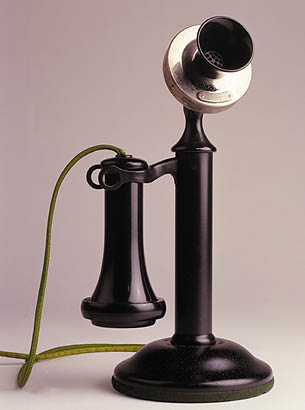 |
| The Elevated Railway near Morningside Park |
James is pleased to have been awarded two slots in Curbed New York's list of the "Thirteen Best Longreads of 2018" for his history of Co-op City in the Bronx and his look back at the 150th anniversary of the first elevated railway to be erected in the city.
If you aren't already a reader of Curbed NY, it is a great resource for journalism on architecture, urbanism, transportation, and more. The other stories in the "best of" list include Karrie Jacobs's trek to La Guardia airport on foot, Nathan Kensinger's photo essays about Canal Street and Long Island City, and a first-hand look at "glamping" on Governors Island.
Check out the entire list at https://ny.curbed.com/2018/12/19/18146998/best-longreads-new-york-city-history-architecture-2018.
James had a number of other pieces published by Curbed NY this year, including
- Long Island City's Forgotten History
- How Wall Street became Wall Street
- When Trinity Ruled Lower Manhattan
- A Walking Tour of 1909 New York
- A "Futuristic Vision for Harlem"

Thank you for your support this year. We hope everyone has a wonderful holiday season!
Michelle and James Nevius














